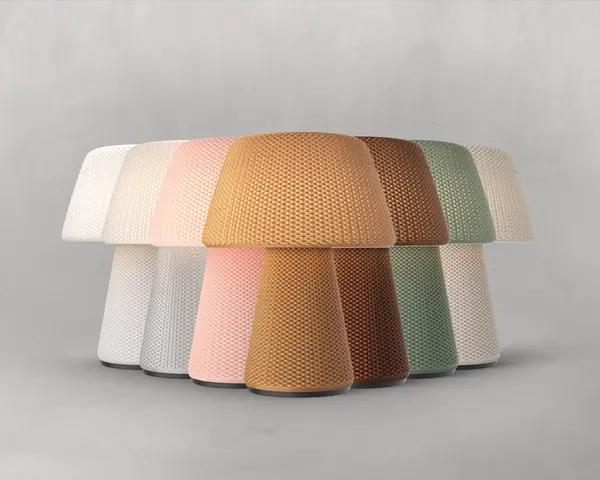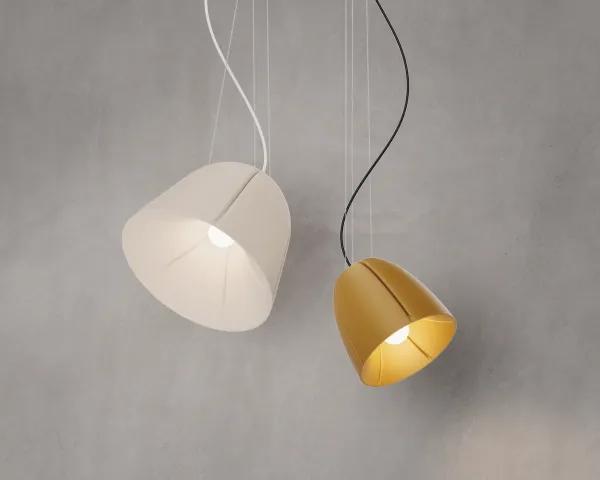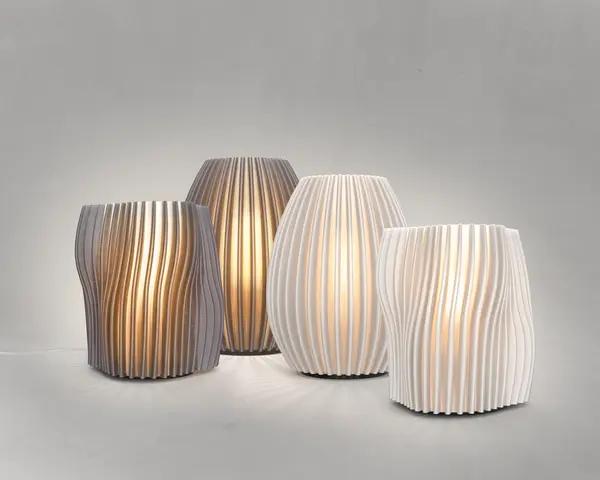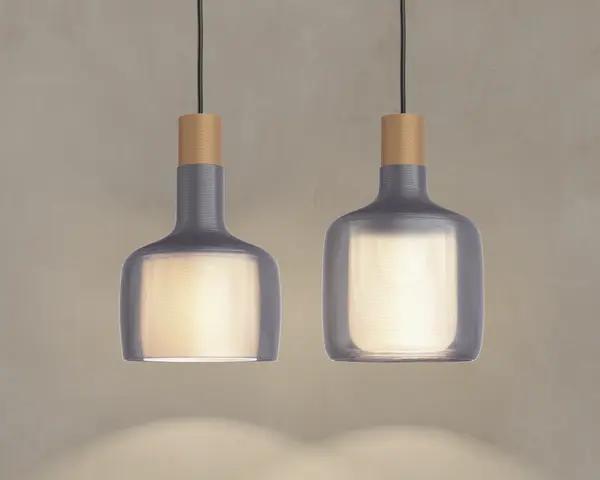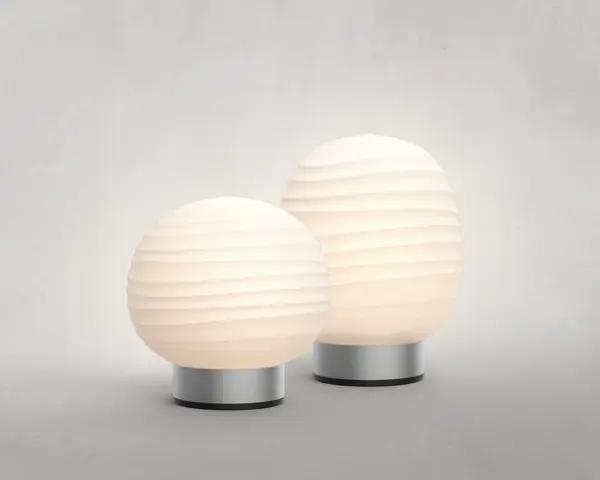We love your creative eye! Can you walk us through your creative process when approaching a new texture design?
When I’m starting a new project, I like to begin with designing patterns and sketches either on paper or directly on the computer. Depending on the final application, I select suitable yarns …. I explore them properties and experiment with different bindings, to create new shapes and constructions.
I usually start this process in my studio on a my 24-shaft dobby handloom. Then, I move onto industrial looms, mostly jacquard looms, that offer more possibilities in creating patterns. I test different bindings and constructions with my designed patterns to create final fabrics.
Most of my projects are developed and realized in the TextielLab at the Textile Museum in Tilburg. For larger projects, I collaborate with weaving mills in Europe.

